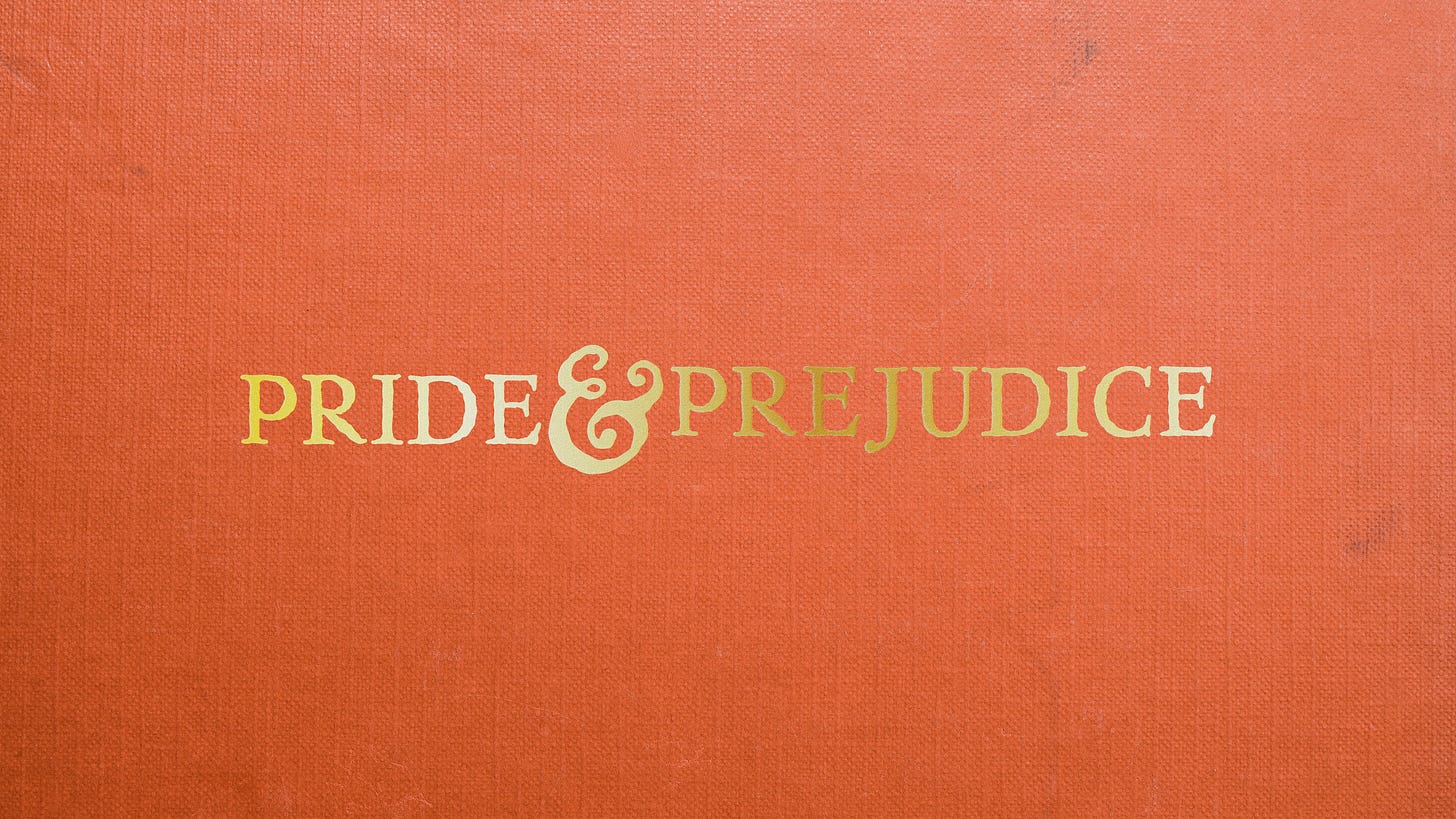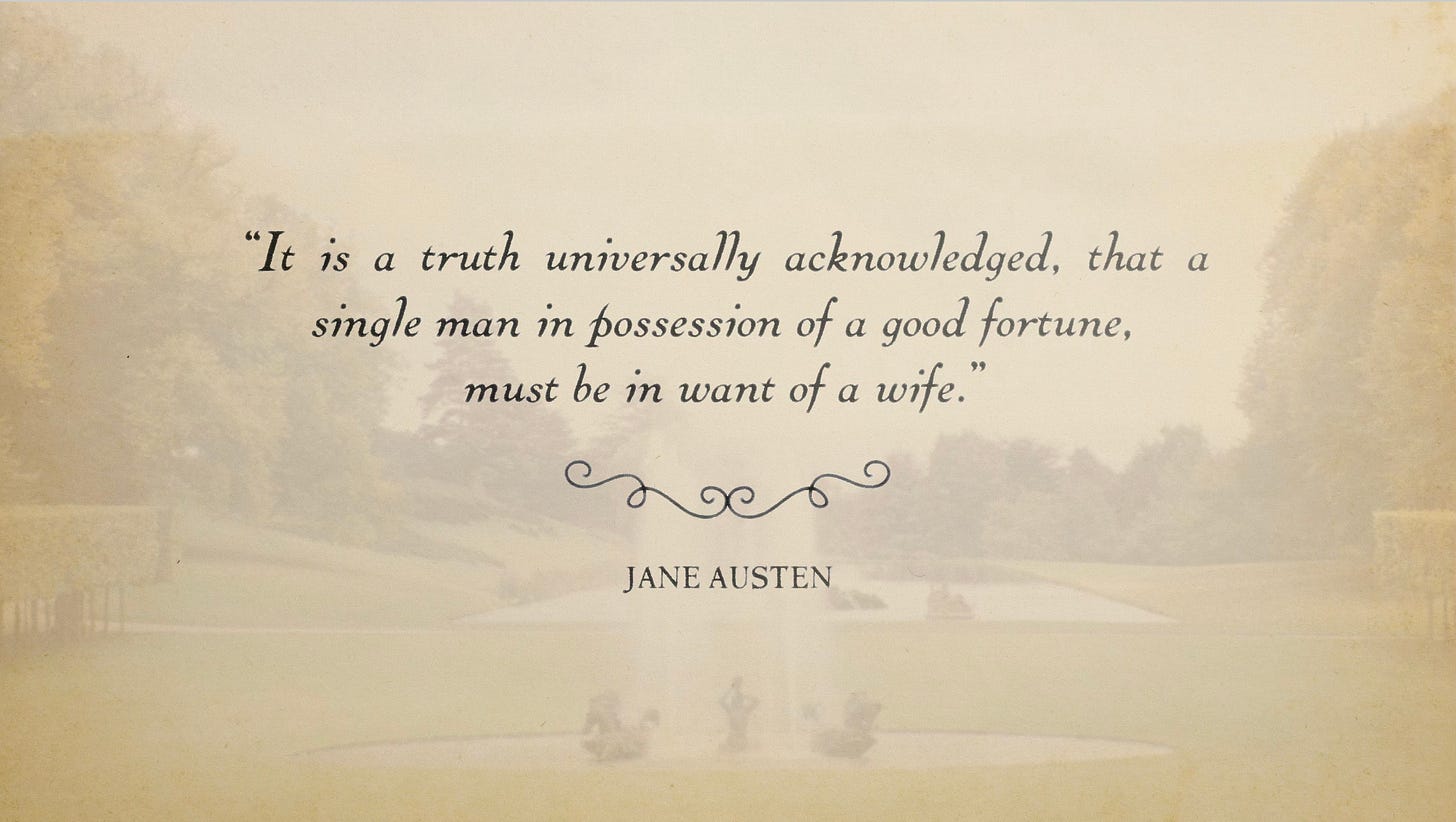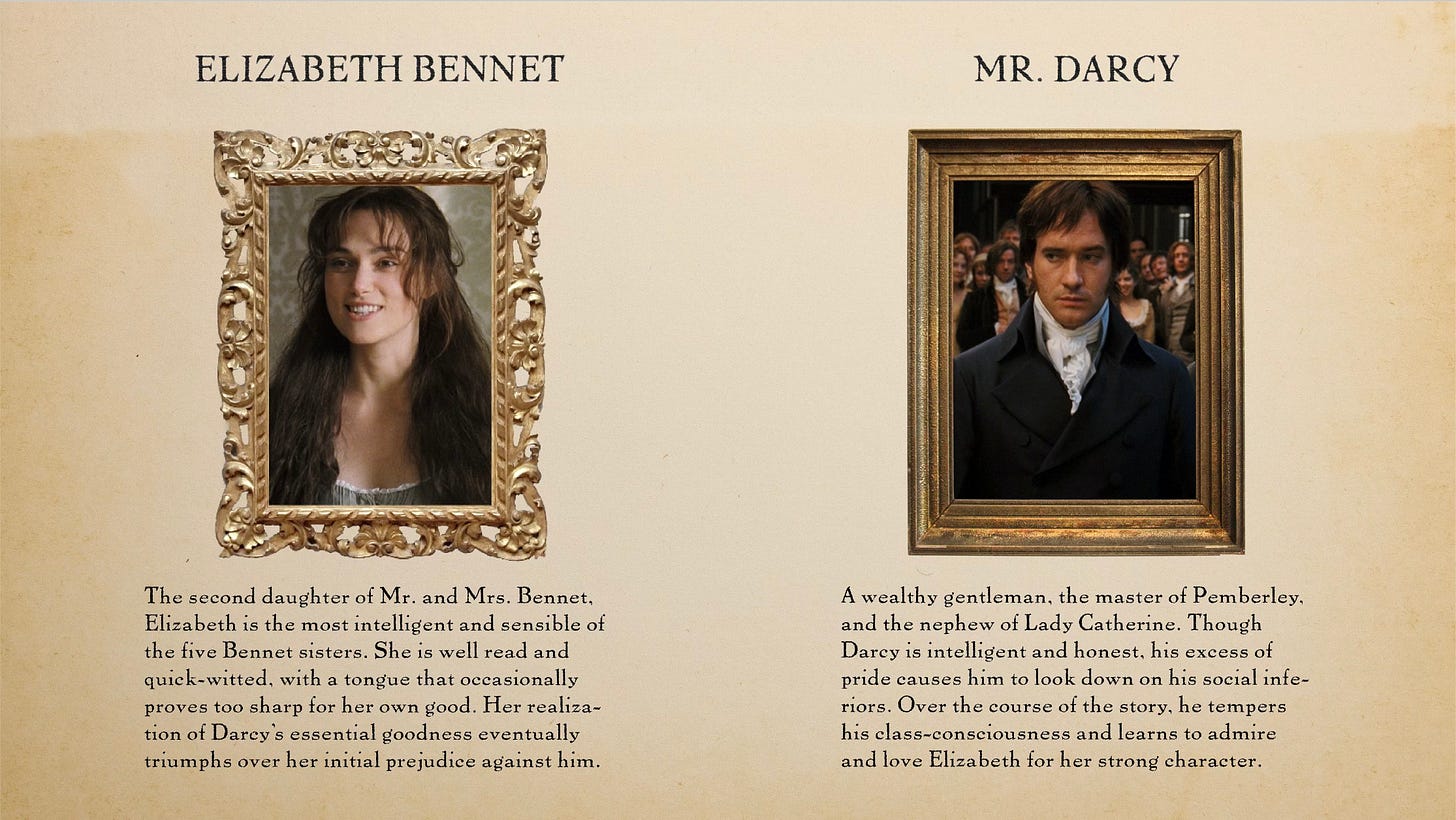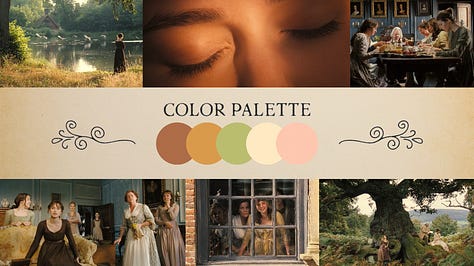How to Structure a Winning Pitch Deck
Do you have a story to tell? Take your presentation from good to great with these actionable tips.
Imagine this: you have an extraordinary idea that people are bound to love. Congratulations! That’s a spectacular feat in and of itself. The next step? You have to share it with the world, of course!
I’m a big fan of outlines for organizing thoughts, but some people find them too wordy, boring, and less conducive to the creative flow.
Mood boards are specific, but they primarily consist of visual references. What if you need more space to provide verbal contextual clues?
Is there a solution that combines text and visuals? Oh yes. Welcome to the wonderful world of pitch decks.
A traditional pitch deck gives potential collaborators, clients, or investors a brief overview of your company. It may include a breakdown of your business plan, products, services, and overarching vision.
Professionals from numerous industries utilize this powerful marketing tool to communicate their ideas to a wider audience. Aside from advertisers and entrepreneurs, pitch decks are prized amongst film producers, event coordinators, authors, designers, and most self-starters.
Prepare
A clear and concise pitch deck enables everyone on your team to start on the right foot—or page in our case.
Before assembling a pitch deck, it’s imperative to consider your industry, audience, and goal. You must delve deep and ask the right questions:
WHAT is your premise? You may be trying to solve a problem or sell a concept. Describe your perspective from every angle.
WHAT is your solution or goal? Make sure it’s specific, measurable, achievable, relevant, and time-bound.
WHAT is the overall tone? You may want to persuade and close a deal, but your method of framing the information matters. Consider that your underlying tone could be formal, optimistic, animated, etc.
WHAT is your plan? Showcase your action steps from start to finish. Flow charts can be incredibly useful!
HOW much funding is required? Break it down for your audience, but please be realistic! Including a contingency (~10%) is always a smart idea.
WHO is your target audience? Choose a specific demographic. Consider their age, gender, education, professional experience, and/or geographic location.
WHAT is your background? Demonstrate your authority, experience, and skills. Be sure to mention your team members. It takes a village to bring any concept to life!
HOW does your premise or product compare to others? Market research is key. Don’t be afraid to include real numbers, charts, and graphs. Quotes from experts are also helpful. All of these elements contribute to a unique value proposition.
WHAT are the next steps? You’ve already established how to take your concept from start to finish. Great work! Now it's time to consider the impact. What do supporters stand to gain?
Organize
Your pitch deck design flow depends on how you answered the previous questions.
If you’re selling a product, the traditional order could be Introduction, Problem, Solution, Market Size & Opportunity, Business & Revenue Model, Marketing Strategy, Team, Financials, and Investment & Use of Funds.
However, in the fields of art and entertainment, your presentation should adhere to a completely different structure. Here is my tried-and-true method:
Title - People do in fact judge books by their covers. Go beyond eye-catching fonts, visuals, and mock-ups. If you allude to key themes or motifs in your story, it piques your audience’s interest.

Hook - You can insert a memorable quote, line of dialogue, or reference image that encapsulates the main theme. Besides setting the tone, a formidable hook will motivate your audience to turn the page, delving deeper into the heart of your story.

Summary - While a logline is a one-sentence overview of your film or TV show concept, the synopsis can be much longer—ranging from one paragraph to several. This is not the place to outline every minute detail. Stick to the major plot points accentuated by thrilling twists and turns.

Background - This section provides purpose and urgency. It answers the questions: What inspired your idea? Why tell the story now? You may want to highlight excerpts from articles, books, or experts to boost credibility.

Statement - A brilliant script usually speaks for itself. However, if the writer and director reveal their personal attachments to the story, they may generate value, authenticity, and empathy. In addition to background information, this section clarifies the filmmakers’ intentions. The why is just as important as the how.
Characters - In addition to succinct character bios, filmmakers should include photos of their ideal actors. It’s never too early to weigh casting options.

Key Visuals - You can dedicate a new page to each subtopic: Setting/Location, Motifs, Lighting, Composition, and Color Palette. Use the film and TV stills that your cinematographer and director collected to show rather than tell. Give your audience a glimpse into your story’s magnificent world.



Proof - This section can be broken down into individual slides: Production Schedule, Budget, and Comparisons. A sample timeline in the form of a flow chart shows potential investors that you have a plan in mind. Most people want to see hard costs, which are beautifully summarized in the top sheet of your budget. Comps with verifiable box office data demonstrate that your project can be successful.
Team - Add photos and short biographies for each major player: the director, writer, producers, and department heads. Always link their websites and press articles!
Next Steps - End with a powerful visual. Leave your audience wanting more and mention how to get in touch.
In my opinion, the average pitch deck should range from 15-25 pages. When you push 30, eyes start to glaze over…
Many pitch deck designers use resources like InDesign, Keynote, Canva, Google Slides, or PowerPoint to present their concepts. Experiment and find what works best for you!
Pro tip: If you need to compress your final PDF, use this free tool from Adobe.
Case Studies
As a film producer and graphic artist, I’ve designed countless pitch decks. Most prioritize a project’s synopsis, characters, color palette, compositions, locations, and team players.
Years ago, I associate produced a short called SUSIE SEARCHES. I later designed the pitch deck that director Sophie Kargman presented to investors and producers. Her and William Day Frank’s original idea was later adapted into a feature starring Alex Wolff, Kiersey Clemons, Rachel Sennott, and many other notable performers.
In 2022, I coordinated a local music festival called Southern Wilds. I designed the pitch deck in order to inspire artists, managers, and influencers to join the fun.
It’s always a joy to witness a project’s journey—from inception and pitch deck to production.
We believe your story is worth telling. If you need help designing a pitch deck of your own, please don’t hesitate to reach out.






